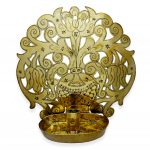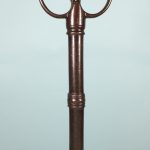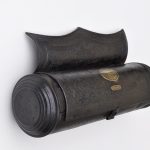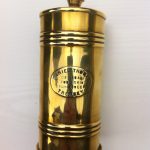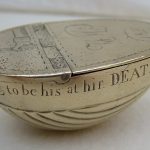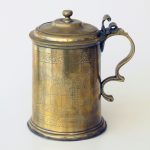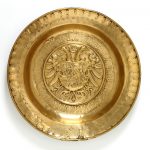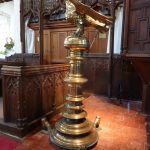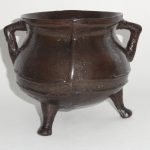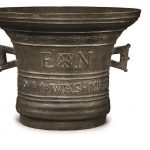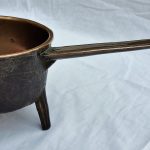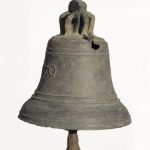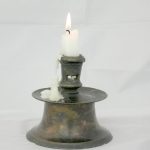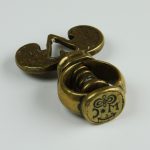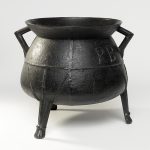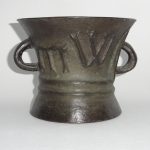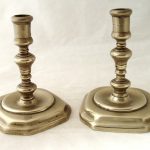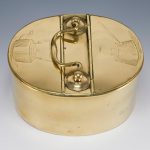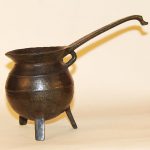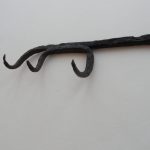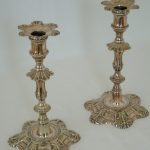Memorial Fireback
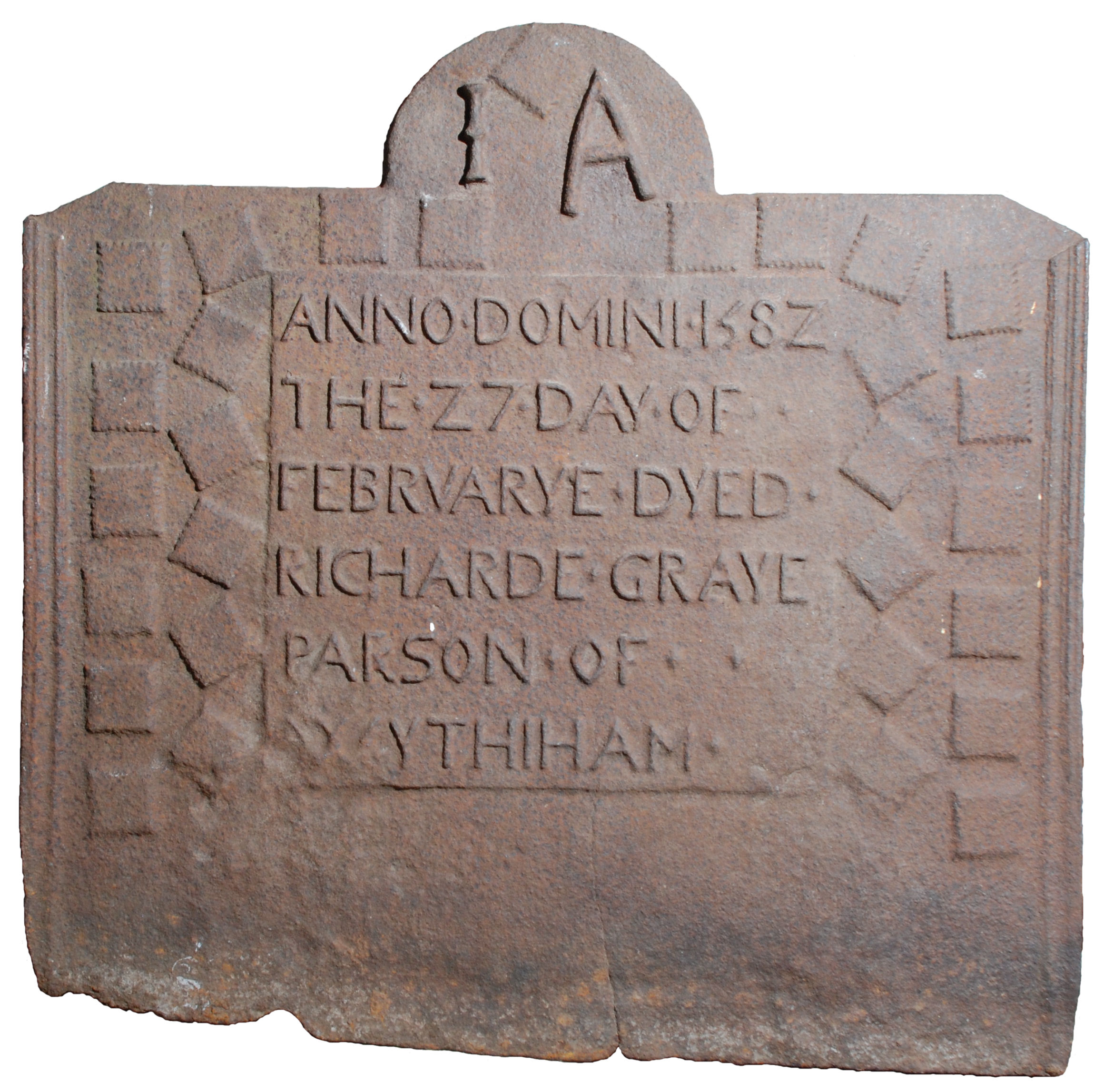
Explanation:
Firebacks were made to protect the back of the fireplace from being damaged by the fire. This fireback would have been cast in an open bed of sand, into which had been impressed a wooden board of arched rectangular shape with two mouldings attached, probably from redundant furniture or panelling. Within this impression are further stamps: in the centre a board carved with a memorial inscription, which originally served as the mould for the iron grave-slab of Richard Graye, rector of Withyham (which survives, hidden under the choir stalls in the Church); around the edges of this panel, a small square stamp with bevelled, indented edges is impressed 28 times in a more or less symmetrical arrangement; at the top are the letters I and A, formed with separate stamps, with a final indented square above.
IA has not been identified; however, beneficiaries of Richard Graye’s will include members of the Ashbie family, so the initials may relate to one of them.
This fireback was first recorded at Sompting, near Lancing, West Sussex, in the 1820s and was donated to Withyham Church in 2010. It is the earliest known example in England of the re-use of a memorial inscription on a fireback, predating the better-known Anne Forster series by nine years. Another fireback with the same inscription was recorded at Wolvesey Palace Winchester, and later in Winchester Museum, but is now missing.
References:
- F. Arnold, ‘Withyham Monumental Slab’, Sussex Archaeological Collections, 23, 1871, pp. 320-1
- C. N. Sutton, Historical Notes of Withyham, Hartfield and Ashdown Forest, A. K. Baldwin, Tunbridge Wells, 1902, p. 55

